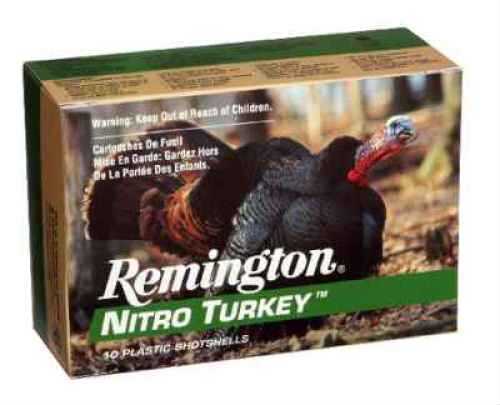





| Remington | ||
| Phone: | ||
| Email: | kemplo@remington.com | |
| Website: | http://www.remington.com | |
| Address: |
870 Remington Drive PO Box 700 Madison, NC 27025 |
|
| Quantity Available | Price |
|---|---|
| 315 | $11.40 |
| 4 | $11.60 |
| 19 | $13.43 |